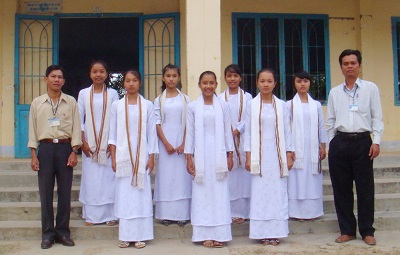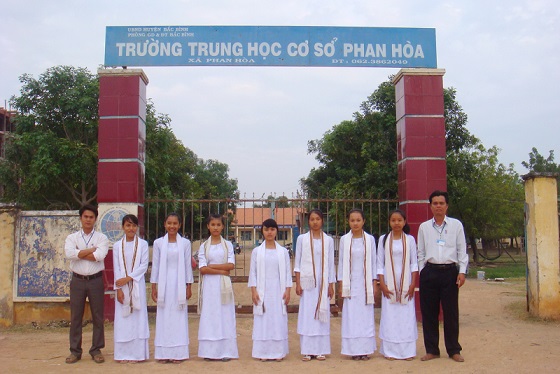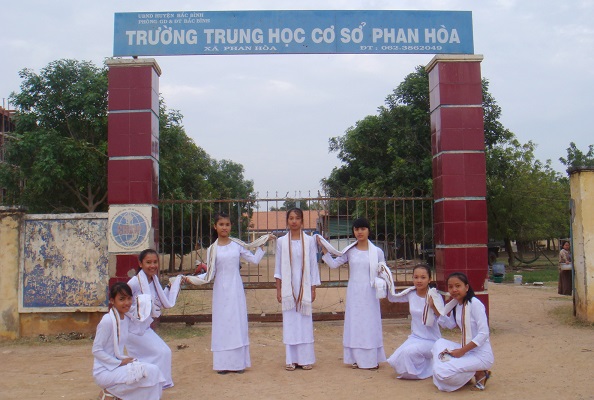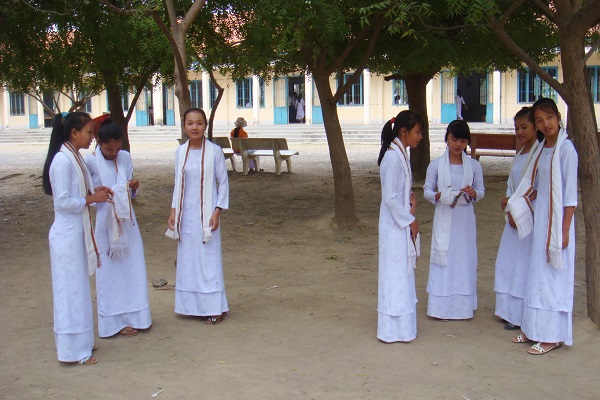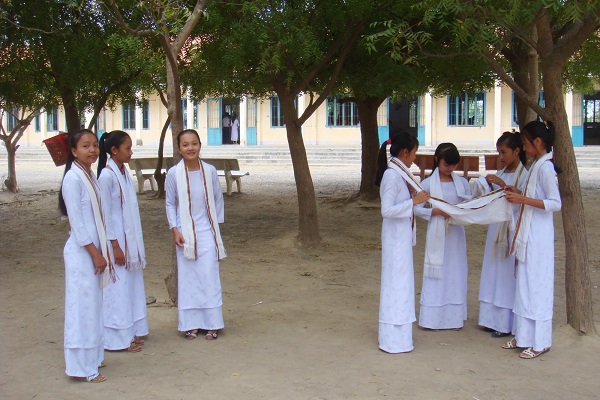
|
The Cham people who are now the minority ethnic in Vietnam speaks with the language familiar used as others Malay groups but differ in their written language. Cham Script inscriptions appear on Dong Yen Chau stone stele (Tra Kieu) in 4th century and the Cham are using this script system until today. Ensuring the preservation of Cham language, this study intended to design a tool to convert the EFEO Cham Latin in Malay system to Cham Akhar Thrah. The method used is by converting Latin EFEO into intermediate characters code followed by assigning it to Akhar Thrah backwards. Cham font conversion application has been created, which has carried out a number of technical requirements, and content conversion ensures correct in vocabulary, semantics and grammar. In this experiment we have checked the accuracy percentage of three Cham poems and results Ariya Cam Bini 100% (n=1823); Ariya Gleng Anak 99,88% (n=2459); Nai Mai Mang Makah 100% (n=2523). Cham font conversion is necessary and meaningful in conservation of Cham script. It will be used in schools, institutions in the country and overseas as well as assist in teaching and learning Cham language. |
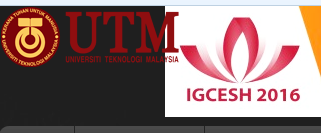
The main purpose of this research is to explore the preferable Cham script and Cham Latin; to develop application and evaluate the application products. Research sample is divided into two groups and the research instrument distributed into two forms of survey. The application was developed using ADDIE model. This survey, the acceptance of Cham script by religious group is 100%, Cham script online voting by student is 90.09%, Cham script by online questionnaire is 98.3%. EFEO Cham Latin by religious group is 100%, EFEO Cham Latin by online questionnaire is 95.4%. Viewed by sixteen experts using Fuzzy Delphi the results show that percentage of all items are 100%, more than what required (75%), the value of d for total construct is 0.02 (required ≤ 0.2). For conversion application, we have checked the accuracy percentage of four Cham poems and results Ariya Gleng Anak 99.88% (n=2459); Nai Mai Mang Makah 100% (n=2523); Ariya Cam Bini 100% (n=1823); Ariya Po Ceng 99.91% (n=2202). Using technologies to preserve the Cham language heritage is not only theoretically significant but also practically significant. |

The Cham people in Vietnam are closely related to other Austronesian people. They speak familiar with the language used as others Malay group but differ in their written language. Cham Script was founded on stone stele in 4th century and the Cham are still using this script system. To ensure preservation of Cham language, this study intends to develop Cham electronic dictionary application product in order to lookup Cham and Vietnamese. The framework of dictionary development includes three components; data, database and evaluation, learning environment design and application products. ADDIE model was employed in the whole development process. Questionnaire with a scale from 1to 5 is used to measure the evaluation of Cham electronic dictionary, six proposed features of the dictionary were fully agreed on by 70 respondents of Cham people, and seven experts (academic) to evaluate with result has achieved 94.29%. This product is suitable and useful for schools, institutions, and training organization in assisting teaching and learning Cham language. This is a Web based dictionary open to world wide access. |
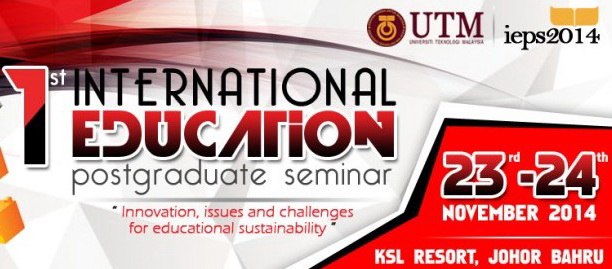
All the ethnic language is established and developed for a long time in the historical process. In Vietnam, Cham language is the indigenous language, and the Cham script was appeared in 4th century on stone stele in Tra Kieu, however, by many historical reasons it becomes the minority language now. With the enormous change of socioeconomic, the Cham language is facing endangered and they are at risk of deformation for various reasons. This paper aims to introduce some specific results of information technology in Cham language heritage conservation such as creating Cham fonts, and Cham font conversion. In this experiment, for Cham font, the acceptable level of Cham Thrah font is 60% of usability and 65% of high accuracy. On the other hand, the acceptable level for champa font only is (12%, 8%), camtanran is (5%, 14%) and bingu tanran (23%, 13%). For Cham font conversion application, we have checked the accuracy percentage of four Cham poems and results Ariya Gleng Anak 99,88% (n=2459); Nai Mai Mang Makah 100% (n=2523); Ariya Cam Bini 100% (n=1823); Ariya Po Ceng 99,91% (n=2202). In order to conserve of Cham script, Cham font and Cham font conversion are necessaries and meaningful. Using technologies to preserve the Cham language heritage is not only theoretically significant but also has practical significance conservation of heritage languages of ethnic groups in the development process. |
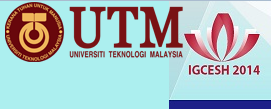
The Cham people who are now the minority ethnic in Vietnam speaks with the language familiar used as others Malay groups but differ in their written language. Cham Script inscriptions appear on Dong Yen Chau stone stele (Tra Kieu) in 4th century and the Cham are using this script system until today. Ensuring the preservation of Cham language, this study intended to design a tool to convert the EFEO Cham Latin in Malay system to Cham Akhar Thrah. The method used is by converting Latin EFEO into intermediate characters code followed by assigning it to Akhar Thrah backwards. Cham font conversion application has been created, which has carried out a number of technical requirements, and content conversion ensures correct in vocabulary, semantics and grammar. In this experiment we have checked the accuracy percentage of three Cham poems and results Ariya Cam Bini 100% (n=1823); Ariya Gleng Anak 99,88% (n=2459); Nai Mai Mang Makah 100% (n=2523). Cham font conversion is necessary and meaningful in conservation of Cham script. It will be used in schools, institutions in the country and overseas as well as assist in teaching and learning Cham language. |

All the ethnic language is established and developed for a long time in the historical process. Cham language is the indigenous language in Vietnam but now it becomes the minority language. However, the Cham script was appeared in 4th century on stone stele in Tra Kieu. It was considered as the first language in South East Asia. Due to many reasons and influenced by history, Cham population are now just over 145 thousand people, therefore the Cham language is facing endangered and they are at risk of deformation for various reasons. |
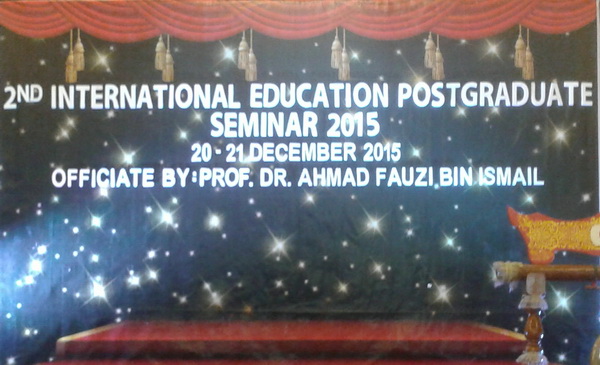
The Cham people in Vietnam are closely related to other Austronesian people.They speak familiar with the language used as others Malay group but differ in their written language. Cham Script was founded on stone stele in 4th century and the Cham are still using this script system. To ensure preservation of Cham language, this study intends to develop Cham electronic dictionary application product in order to lookup Cham and Vietnamese. The framework of dictionary development includes three components; data, database and evaluation, learning environment design and application products. ADDIE model was employed in the whole development process. Questionnaire with a scale from 1to 5 is used to measure the evaluation of Cham electronic dictionary, six proposed features of the dictionary were fully agreed on by 70 respondents of Cham people, and seven experts (academic) to evaluate with result has achieved 94.29%. |

The Cham people are originated from the Kingdom of Champa who is now the minority ethnic in Vietnam. They speak familiar with the language used as others Malay group but differ in their written language. Cham Script inscriptions appear on Dong Yen Chau stone stele (Tra Kieu) in the early 4th century and the Cham have used this writing system until today. With the development of technology, the new font of Cham for writing was designed. However, these existing Cham fonts have not unified about the encoding value which cause difficulties in the exchange of information. The old Cham font is not been able for scientific and aesthetics value since the fonts are limited in the technical text. In the effort to preserve the language through the advancement of technology, this present study is conducted to create a new Cham font for both Windows and Macintosh keyboard. This system ensures the similarity of technical features and character size between Cham and Latin characters. |

Cham script appeared in 4th century on stone stele in Tra Kieu Vietnam. It was considered as the first language in South East Asia. Due to many social and historical reasons, Cham language is faced with the risk of deformation. In this research, we found that Cham grammar structure is still unclear for the Vietnamese Cham machine translation. Hence, in order to preserve Cham language, we propose a Pattern-based model to translate Vietnamese into Cham language with the size of the bilingual dictionary is approximately 4,500 sentences, bilingual corpus 2500 pairs of Vietnam Cham sentence, 1950 pairs of translation sample, 324 function words, 768 vocabulary, 57 prepositions, and all are stored in text file. Initially is tested based on the basis of bilingual corpus, bilingual dictionaries and translation sample with limited resources, the results achieved were relatively satisfying and high quality if the input sentence matches the translation pattern and this translation pattern is corre |
|
Active learning has attracted strong advocates among faculty looking for alternatives to traditional teaching methods. Project-based learning has been recently introduced as an add-on teaching method in some countries. In Universiti Teknologi Malaysia, Project-Based learning has been introduced as part of the curriculum to inculcate entrepreneurial thinking skills. This paper discusses the feedback on students’ perceptions regarding the implementation of project-based learning. The findings of the paper show that most students have positive perception of using Project-based learning as a teaching method and agree to learn using the same method in the future. Learners also highly appreciated that project-based learning promoted their soft-skills, includes of Teamwork; Project Management; Communication Skills, Interpersonal Skills. The results of the study did not show any significant differences in perceptions between male and female students in using Project-based learning in the tra |
